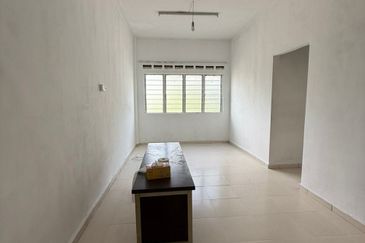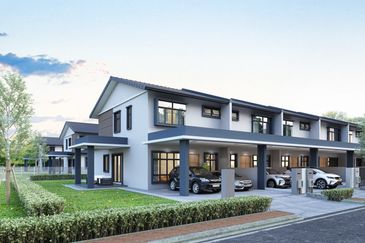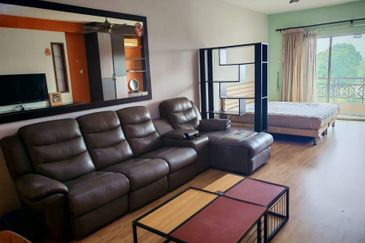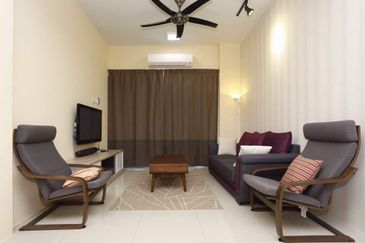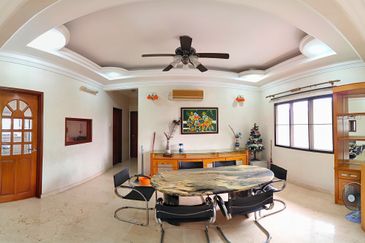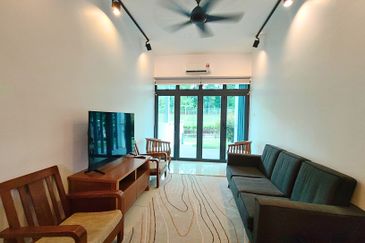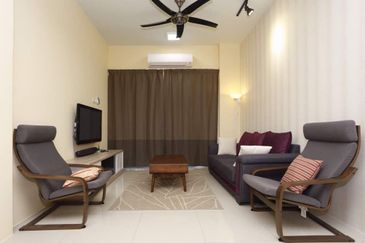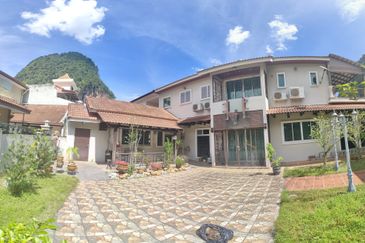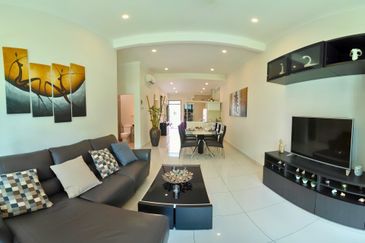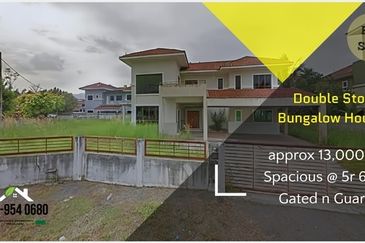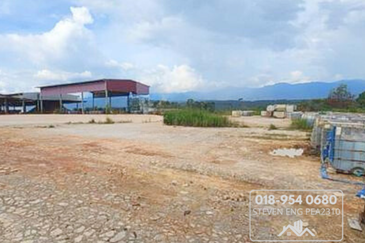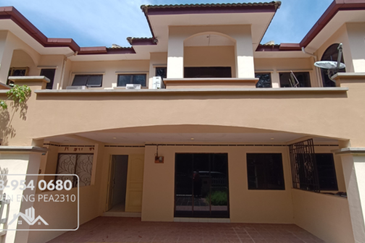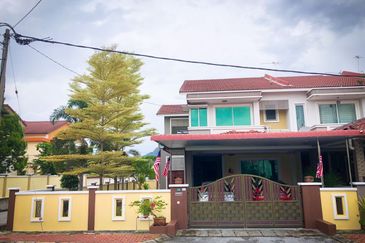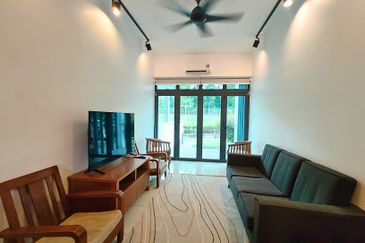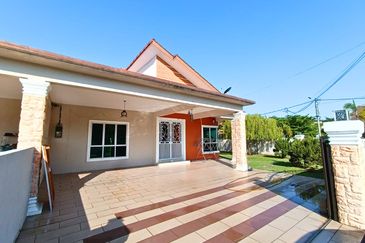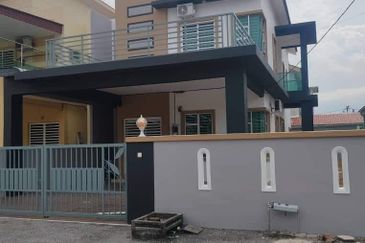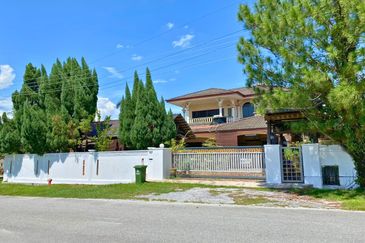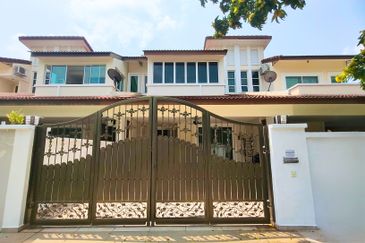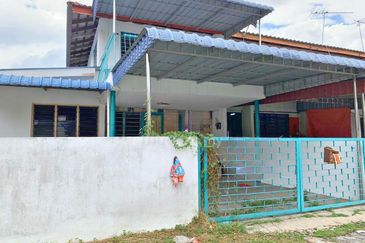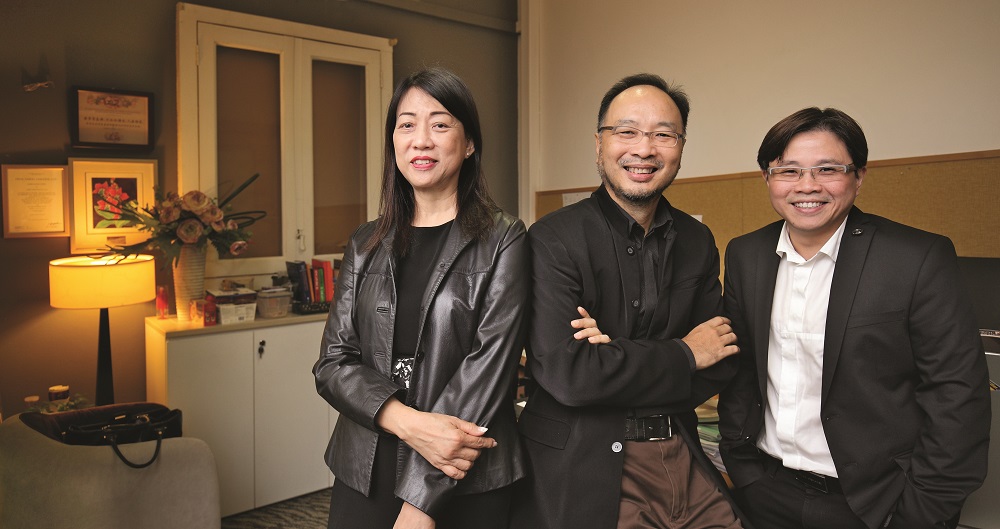
TANG Kok Thye, with his family in tow, is a regular visitor at showflats of project launches. He was at the preview of Clement Canopy on Feb 11, and joined a throng of 10,000 at Grandeur Park Residences the following weekend. He intends to be present at the debut weekend of Seaside Residence in April. This is because Tang is an architect and associate partner of ADDP Architects, the firm that designed all three condominium projects. It also designed iNz Residence, the first EC project to be launched this year.
“You could call it luck,” says Tang. “But business doesn’t come just like that, especially in the architectural industry, which is highly competitive. All these developers are not new to us, and we have been working with them for many years.”
Still, ADDP had to compete and pitch for the projects like every other architectural firm. The sole exception was the 505-unit The Clement Canopy by a joint venture between UOL Group and Singapore Land. This was because one of the conditions in the sale of the government land parcel was that the developer had to use the prefabricated, pre-finished volumetric construction (PPVC) method for the new project.
Early designer of projects using PPVC
ADDP was awarded the design of The Clement Canopy on the back of its successes in designing three of the four projects on government land sites requiring the use of PPVC in construction: the 638-unit The Brownstone executive condo in Sembawang; the 710-unit Lake Grande on Jurong West St 41; and the 752-unit Parc Riviera on West Coast Vale. “UOL-Singapore Land wanted an architect with experience,” says Tang.
ADDP’s first project with PPVC was The Brownstone, a New York-inspired executive condo (EC) by giant developer City Developments. It was also CDL’s maiden EC project using PPVC when it won the site in October 2014.
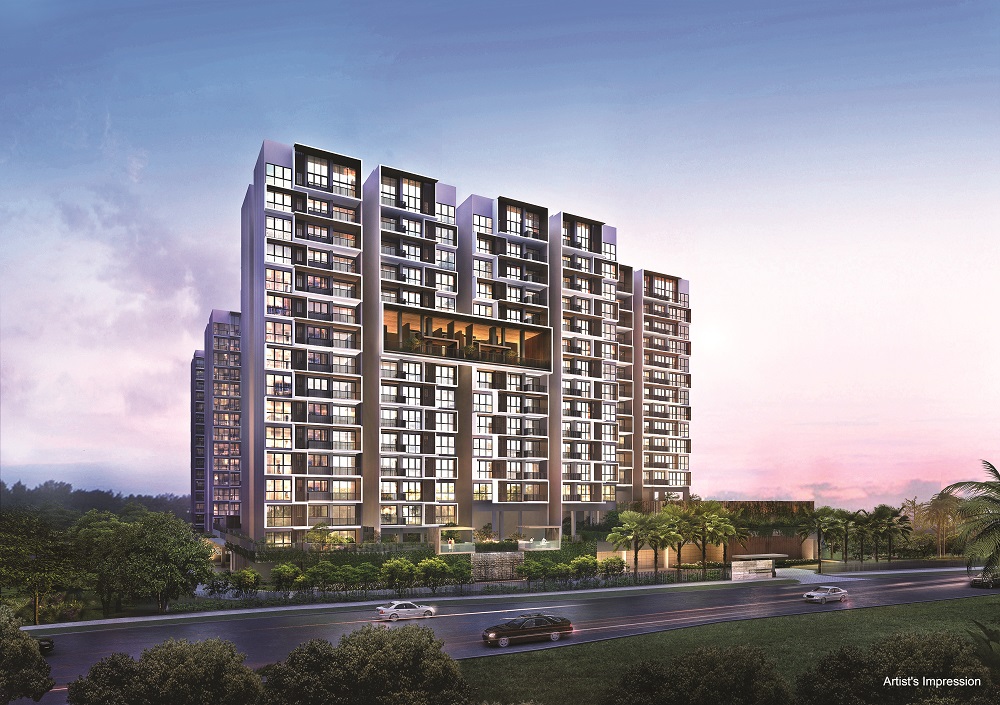
The Clement Canopy posed a new challenge. At 40 storeys, the twin blocks will be the tallest towers erected using PPVC. And that feat is likely to garner it a place in the Guinness World Records. “We did a search, and the tallest towers around the world that use PPVC are currently 25 storeys at the most,” says Tang. “So, The Clement Canopy has set a new record.”
Going green
ADDP has sought to differentiate itself by being an early adopter of new technology. It was among the first to adopt the green building concept more than a decade ago. Tang recalls attending a green building conference in the US with representatives of the Building Construction Authority (BCA) in 2004. After returning from the conference, he was convinced that it was the way forward for buildings in Singapore.
Tang’s passion in green building earned him the accolade of BCA Green Architect of the Year in 2012, as well as BCA Industry Ambassador for Construction Productivity.
In 2009, when CDL and Hong Leong Group’s Hong Realty won the 99-year leasehold site at Chestnut Avenue, ADDP was the appointed design architect. The new project on the site, launched a year later, was Tree House, a 429-unit condominium comprising four 24-storey blocks. More than 80% of the units were sold on the first day of preview.
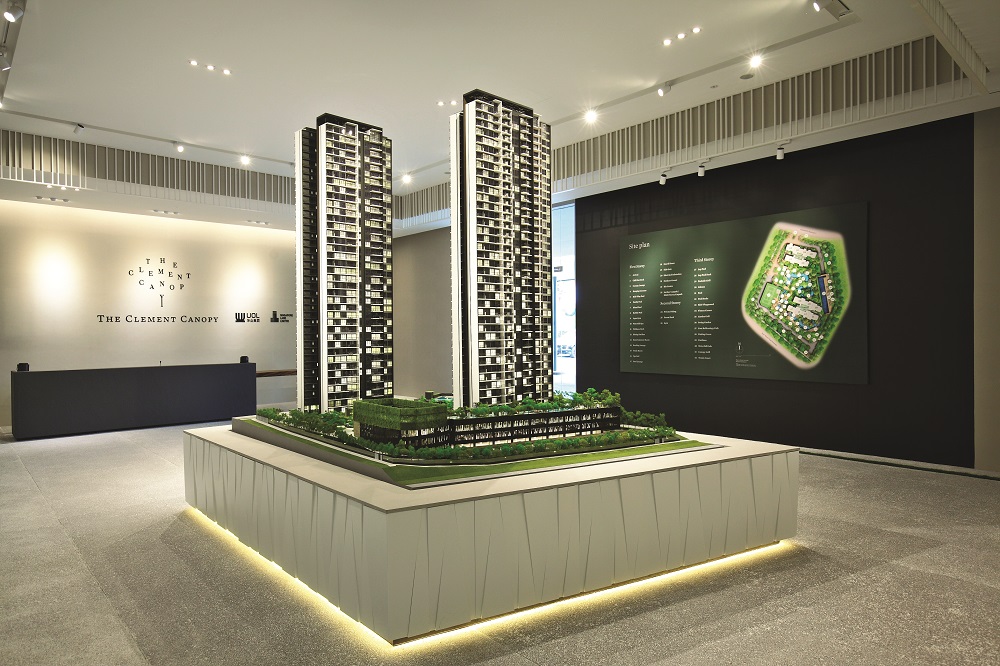
CDL is also an early adopter of green building technology. The façades of the towers at Tree House feature expansive vertical green walls. Beyond aesthetics, the green walls reduce heat absorption as well as act as a filter for pollutants and carbon dioxide. When Tree House was completed in 2013, the green wall measured 24,638.6 sq ft, and set a new Guinness World Record as the world’s largest vertical garden in 2014.
ADDP first experimented with a vertical garden at Clementiwoods, Frasers Centrepoint’s 240-unit private condo in West Coast, which was completed in 2010. The development was low-rise, with five-storey blocks. The vertical garden turned out to be a success, and ADDP decided to introduce it in the 24-storey blocks at Tree House, says Markus Cheng, associate partner at ADDP.
Designing saleable projects
Despite having multiple developer projects on hand, ADDP ensures that each project’s design is unique to its site and surroundings, with the unit configuration and layout suited to the needs and aspirations of the respective developers’ target audience, says Tang.
For instance, as The Clement Canopy is located in an education hub, the units are sized to suit families as well as investors looking at renting out the units. Meanwhile, the 720-unit Grandeur Park Residences by Chip Eng Seng Corp’s property development arm, CEL Development, capitalised on its proximity to the Tanah Merah MRT station, and features a wide range of one- to five-bedroom units. Frasers Centrepoint’s upcoming 841-unit Seaside Residence, which will have unobstructed sea views, is adjacent to the upcoming Siglap MRT station. ADDP’s Tang says, “Each has its own unique characteristics and market positioning.”
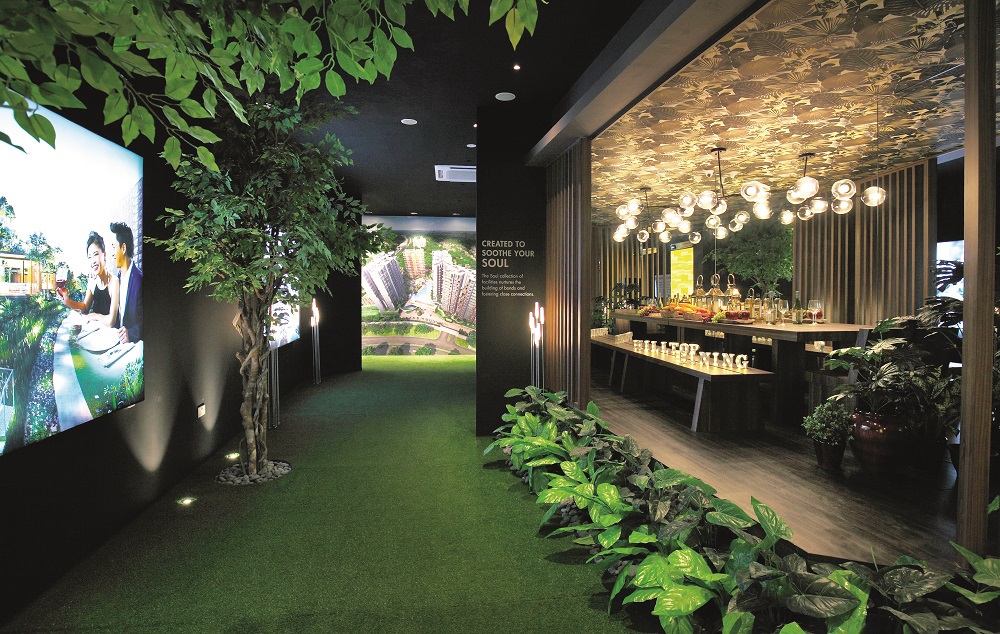
Tang monitors the sales performance of the projects that the firm designs to gauge the reception of homebuyers. On the first weekend of launch on Feb 25 and 26, The Clement Canopy saw 200 of 250 units released sold at a median price of S$1,343 psf. The Clement Canopy topped new-home sales in February.
Parc Riviera came in second, with 200 units sold at a median price of S$1,281 psf. Grandeur Park Residences has sold 485 units (67%) of a total of 720 at an average price of S$1,350 psf.
“If a project does well, it will benefit us too,” says Tang. “No point having a nice piece of architecture if the developer can’t sell the units.”
Space innovation
ADDP designed iNz Residence, the 497-unit EC project at Choa Chu Kang Avenue 5 by developer Qingjian Realty. The project saw 170 units snapped up on the first weekend of sales on March 11 and 12.
Qingjian has been at the forefront of the smart-home technology, introducing its HiLife mobile application in 2015 at its 590-unit Riversound Residences private condo, and offering it at its subsequent launches.
In 2013, Qingjian launched the concept of CoSpace in its Ecopolitan EC project in Punggol. CoSpace offers homebuyers the flexibility of reconfiguring the apartment layout to suit their lifestyle. For instance, the study and utility rooms can be combined to form a larger room. Qingjian launched EC projects Bellewaters and Bellewoods — both designed by ADDP — within a month of each other at end-2014. It was also then that Qingjian decided to brand CoSpace.
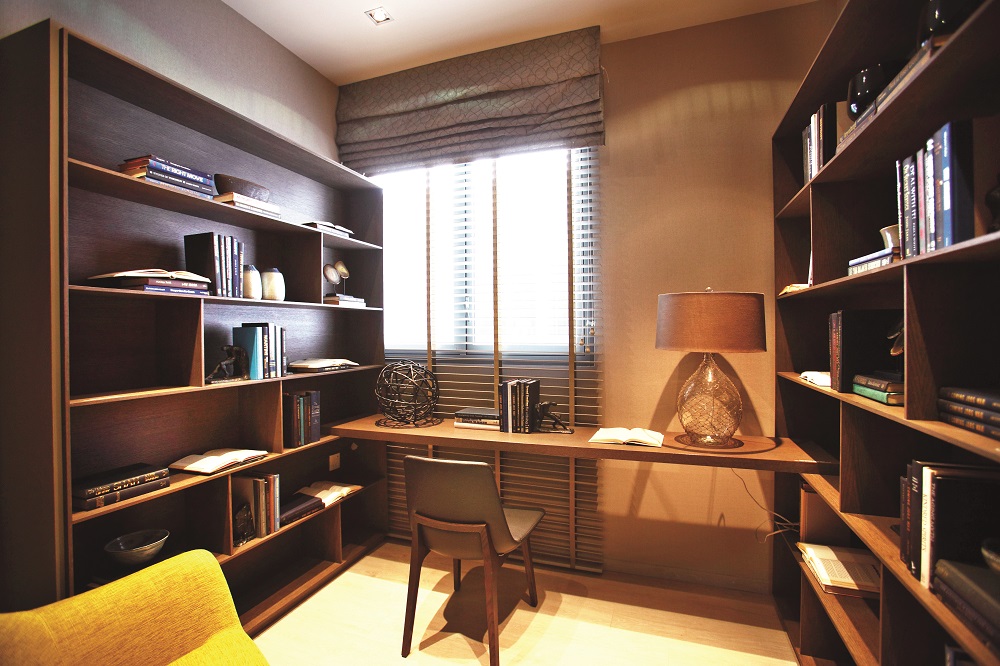
Given the existing competition in the EC market in Choa Chu Kang — for instance, MCL Land’s 1,327-unit Sol Acres — ADDP’s Cheng felt that iNz Residence could further differentiate itself by offering five-bedroom maisonettes in its unit mix. The most popular units at iNZ were the three-bedroom CoSpace units, the five-bedroom maisonettes and the four-bedroom units. “Choa Chu Kang is a mature HDB market and there are many families looking to upgrade,” notes Cheng.
Rightsizing
A big market shift over the past decade has been the shrinking of unit sizes, and the trend is expected to continue. ADDP’s Tang attributes it to prices at recent government land tenders. “With selling prices of most units pegged at S$1 million to S$1.5 million and land price fixed, the only variable is unit size,” he reasons.
ADDP has learnt to embrace the challenges of designing smaller units. “You learn to design more efficient spaces,” Tang adds. “The trade-off is that you have to forgo fanciful architecture.”
He sees the era of tiny apartments in Singapore as an inevitable trend, as witnessed in other major cities such as Hong Kong, Tokyo, London and New York. As units become smaller, there is a need for more generous shared facilities, including entertainment
areas and the clubhouse. “Nowadays, housewarming parties have to be held at the clubhouse because most units are too small,” says Tang.
The advent of increasingly compact apartments is also a reflection of changes in housing demand. “Younger people prefer to entertain outside instead of cooking at home,” says Tang. “As an architect, we have to be able to read market trends and also understand developers’ objectives in order to find a balance. That’s always a challenge. But we benefit from working with many different developers and in gaining a better insight into the changes in market demand.”
Flexible space, dual key
The popularity of the CoSpace units at iNz Residence as well as Bellewaters and Bellewoods demonstrates that homeowners are looking for flexibility in the use of space.
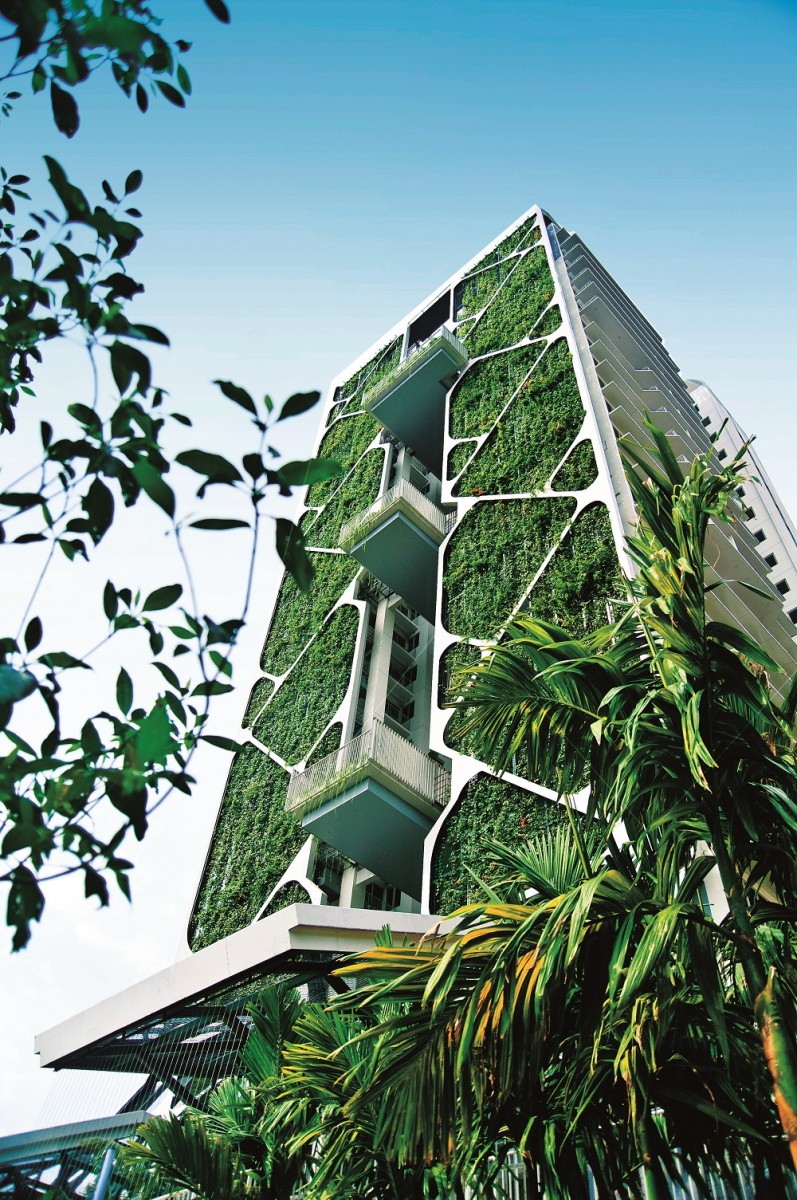
Other projects have also offered units with flexi-space. For instance, at UOL Group’s Botanique at Bartley, the utility room has a door opening to the adjoining kitchen, and a second entrance from the common corridor, allowing it to be used as a maid’s room, utility room or study. ADDP was also the design architect for the project.
The dual-key concept introduced more than a decade ago has also evolved. For instance, some of the most popular units at Frasers Centrepoint’s Northpark Residences were the dual-key, two-bedroom duplexes, says Cheng. ADDP was the design architect for North Park Residences, which is part of the Northpoint City integrated development in Yishun.
Open-minded, flexible
Tang reckons this year will be tougher than last year, as there are fewer project launches, owing to the reduced supply of GLS sites put up for sale. At the peak of the market in 2012, when a record 22,669 new-home sales was achieved, ADDP was the architect for five new launches: Keppel Land’s 622-unit The Luxurie at Sengkang Square; Haus at Serangoon Garden, a 97-unit terraced house project by CDL; the 530-unit Flo Residence in Punggol by Capital Development and ZACD; Qingjian’s 610-unit River Isles in Punggol; and S P Setia’s 483-unit Eco Sanctuary at Chestnut Avenue, across the road from Tree House.
In 2011, ADDP designed half a dozen new projects launched that year: MCL Land’s Uber 388, the 95-unit freehold project at Upper East Coast Road; Qingjian’s 219-unit Nin Residence at Potong Pasir; the 315-unit Belysa EC in Pasir Ris, jointly developed by NTUC Choice Homes and CEL Development; the 504-unit Riverparc Residence in Punggol by Qingjian; CDL’s 602-unit EC project Blossom Residences in Bukit Panjang; and the 466-unit The Rainforest EC in Choa Chu Kang.
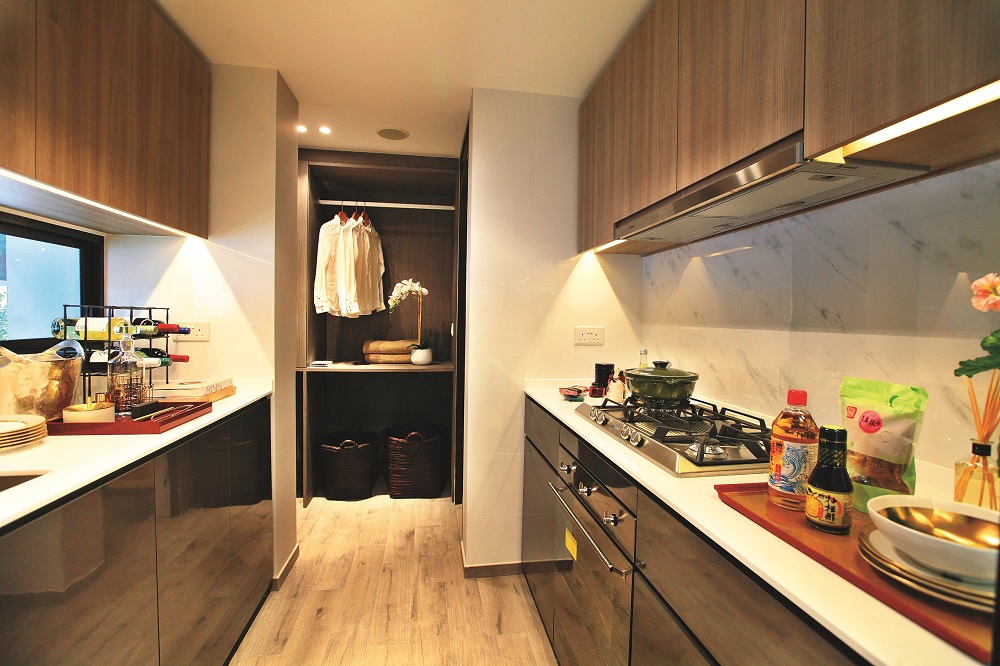
ADDP was founded in 1986 and is an amalgamation of four smaller architectural practices: Architect Plus, Design 2, Design Operation and Pan Indo, which joined forces in a design competition for the development of Maju Camp. They emerged the winner. Over the years, it has restructured and become a single firm. “It makes sense for small architectural firms to join forces, as it’s a real struggle in the current market environment,” says Tang.
Today, more than 90% of the projects secured by ADDP are still Singapore-based and predominantly residential developments. Tang reckons the architectural firm has been able to stay relevant and continued to win projects over the past three decades by “remaining open-minded and flexible”, so that it could become “early adopters of innovation”.
This article first appeared in The Edge Property Singapore, a pullout of The Edge Singapore, on April 3, 2017.
For more stories, download TheEdgeproperty.com pullout here for free.
TOP PICKS BY EDGEPROP

Kawasan Perindustrian Pasir Gudang
Pasir Gudang, Johor


